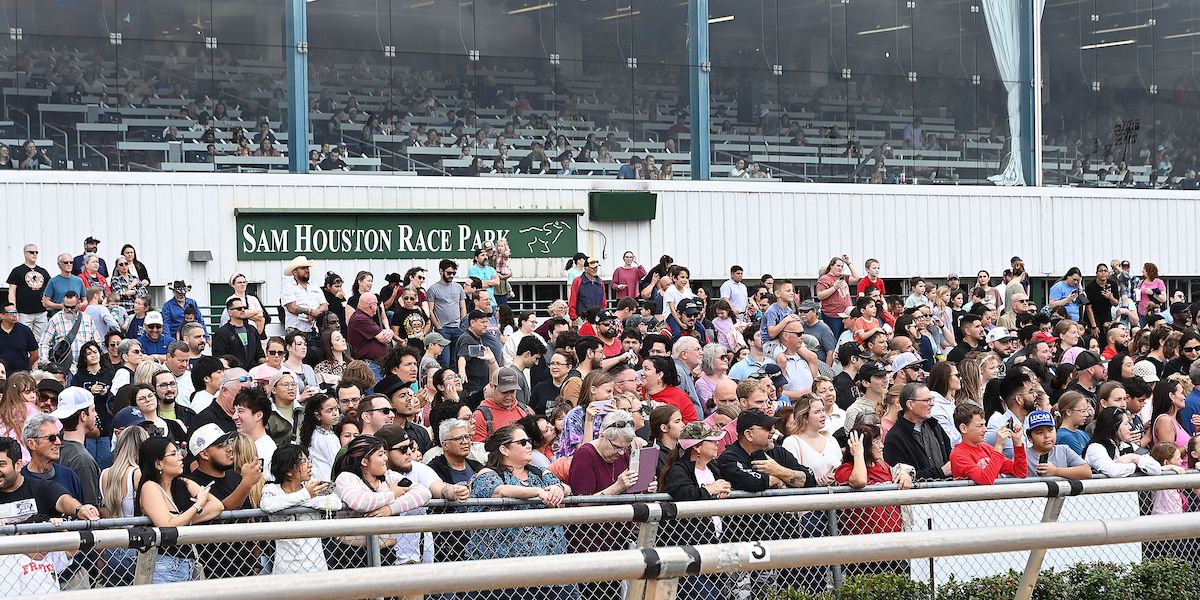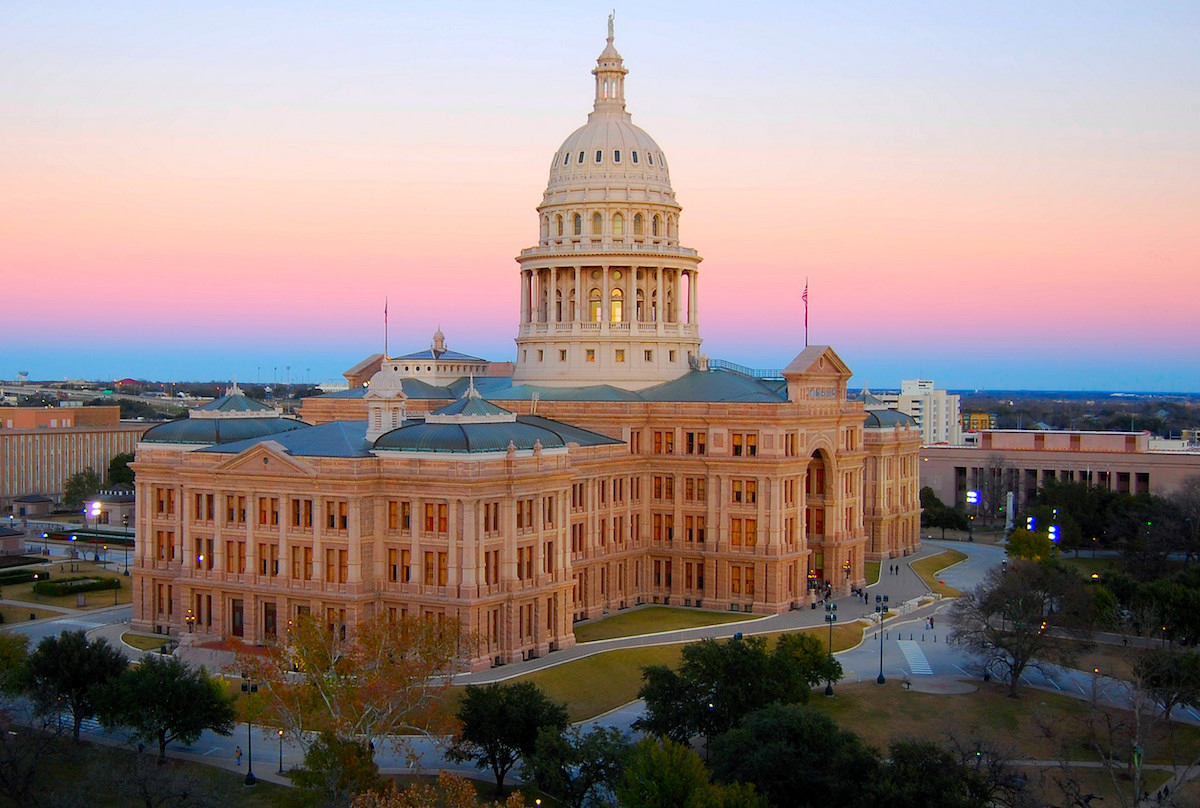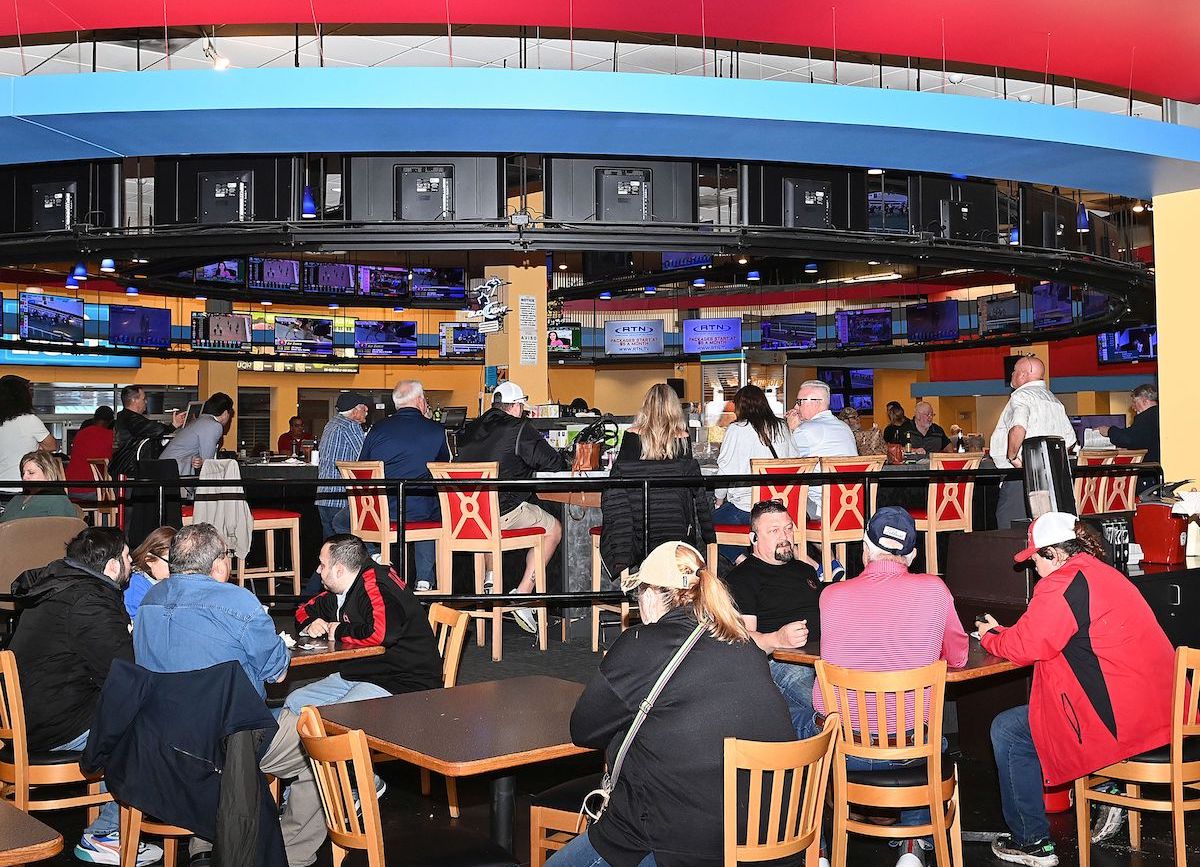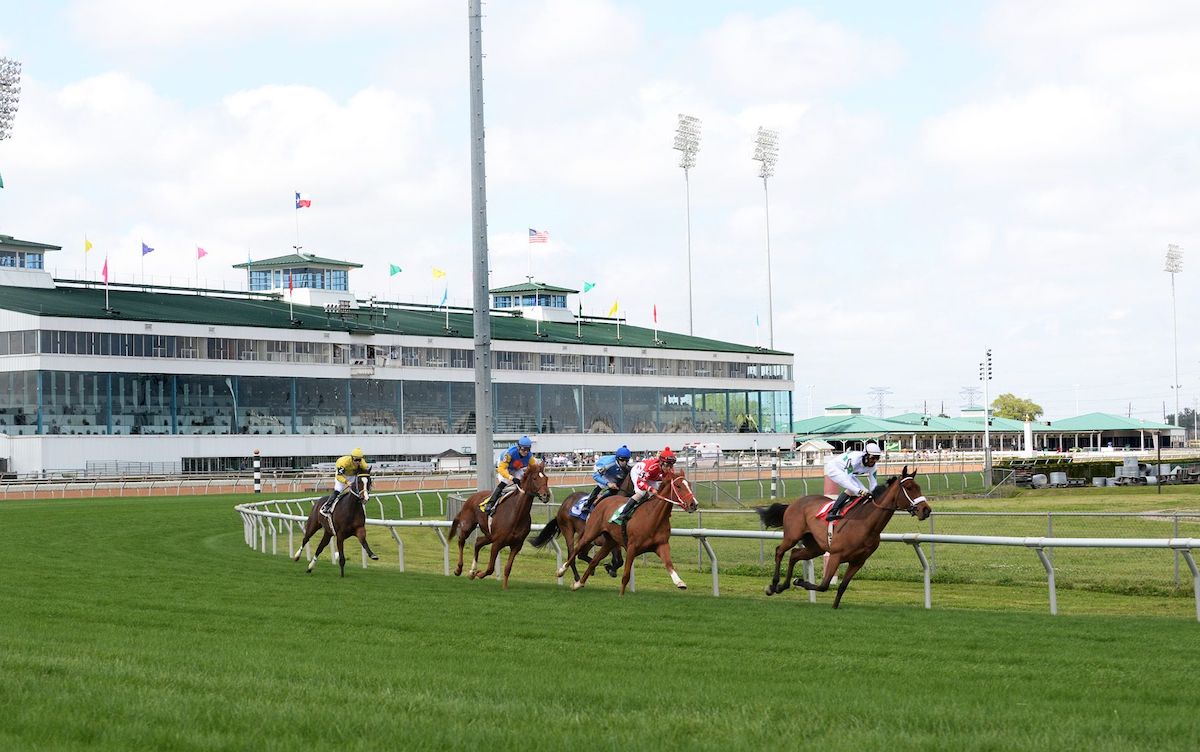
Ahead of the Texas Champions Day card on Saturday [March 23], Geir Stabell learns of exciting proposals for a third Thoroughbred racetrack in the state to join Sam Houston and Lone Star Park
Ambitious plans have emerged for a new racetrack in Texas to be located near state capital Austin, one of the fastest-growing cities in North America.
While other states have seen tracks closed down or struggling to keep afloat, Penn Entertainment, owners of Sam Houston Race Park, hope to open the new venue within five to six years.
Thoroughbred racing in Texas – the world’s eighth-largest economy according to IMF figures – is currently focussed on two main tracks via the winter-spring meet at Sam Houston and the spring-summer stand at Lone Star Park, in the Dallas-Fort Worth metropolitan area.
 "We have held a wagering license in Travis County for a number of years,” explains Bryan Pettigrew, vice president and general manager of Texas operations for the Penn group.
"We have held a wagering license in Travis County for a number of years,” explains Bryan Pettigrew, vice president and general manager of Texas operations for the Penn group.
“We are now in the initial phases of locating the right property for a new track. It's a long- term plan and if all goes well we may be up and running in 2030.
“This depends on a number of factors, including approval from the Texas Racing Committee but I hope it can all be finalized this year,” adds Pettigrew. “We have been looking at locating the track just outside city limits. It's important to get the right business alignments, as the infrastructure in the area is moving fast.”
Looking ahead
Looking ahead is key in this process. Applications for race dates can be made five years out in Texas and operators of a track being constructed can offer simulcast wagering during this building period.
"If approved, we can take simulcast betting at the site or at another location within Travis County for the first two years of construction work,” Pettigrew says. "But in the third year of construction it is required that such betting is operated at the actual site.”
 As such, the company can start generating money well before live racing takes place.
As such, the company can start generating money well before live racing takes place.
Either way, there seems to be potential in Texas. Austin, the capital, has a population closing in on a million and it is now the tenth-largest city in the USA. With a population of 2.3m, Houston, home of Sam Houston, sits in fourth place nationally on a list headed by New York, Los Angeles and Chicago. Dallas – 13 miles from the historic downtown district to Lone Star Park at Grand Prairie – is the nation's ninth-largest city.
While those three Texas cities combined make for a significant market, betting is restricted in the state and vast sums of gambling bucks regularly find their way across state borders. The only forms of legal gambling in Texas are pari-mutuel wagering on horse racing and greyhound racing and the Texas Lottery, operated from headquarters in Austin.
If Austin gets a new track it will bring racing back close to the capital of Texas, where people enjoyed Manor Downs in Manor, 12 miles northeast of the city, a track conducting Quarter Horse and Thoroughbred (beginning 1989) racing from 1975 up to its closure in 2010.
With no casinos in Texas, racing in the state is competing with such establishments not far across the border. The Winstar World Casino in Thackerville, Oklahoma (one of the world's largest casinos) is just an hour's drive from Lone Star Park and gamblers in Houston are only 2½ hours from the L'Auberge and Horseshoe casinos in Lake Charles, Louisiana.
World Casino in Thackerville, Oklahoma (one of the world's largest casinos) is just an hour's drive from Lone Star Park and gamblers in Houston are only 2½ hours from the L'Auberge and Horseshoe casinos in Lake Charles, Louisiana.
Legalization of casino-style gaming has been on the legislative docket for a number of years in Austin but has yet to pass, making it hard for Texas tracks and the equine industry to compete.
In other states, racing has benefited hugely from casino revenues, increasing purses and providing better economic opportunities for horsemen and the industry as a whole. “At the end of the day, we’re hopeful the Texas Legislature will let Texans decide this issue at the ballot box so we can compete with neighboring states,” Pettigrew says.
Penn Entertainment – formerly Penn National Gaming – operates casinos in other states and is the largest racetrack operator in North America, with 43 properties in 20 states, including 11 tracks staging Thoroughbred, Quarter Horse and harness racing.
“Penn has made significant investments in Texas and we would like to continue the work, and see racing grow,” says Pettigrew (right), now in his second role in Texas, having been Sam Houston's vice president for marketing from 1995 to 2000, when he joined the Breeders' Cup as chief marketing officer and was based in Lexington, Kentucky. He returned to Sam Houston in June 2023.
"We have 1,051 horses stabled at Sam Houston for the current meet and I believe we have enough horses in training to run three main tracks in the state,” Pettigrew explains. “We would like to offer trainers and owners more options. That we do not have any income from casinos or sports gambling affects our purses. Texans often ship horses out to race in New Mexico, Louisiana, Arkansas and Oklahoma – states where they are able to offer better purses due to revenue from other forms of wagering.
“At the same time, we find it hard to attract runners from other states to our meets, except for on the big days, because our purses are not as competitive.”
Racing in Texas: the background
With a population just shy of 31m, Texas is home to two leading Thoroughbred tracks, Sam Houston Race Park and Lone Star Park in Grand Prairie.
The Houston venue is staging 43 Thoroughbred days in 2024, while Lone Star’s Thoroughbred meet consists of 41 days; between them, the two tracks also stage 57 days of Quarter Horse racing.
The third main track in the state, Retama Park in Selma, stages Quarter Horse racing only. In addition, the Gillespie County Fair in Fredericksburg offer eight racedays, with both Thoroughbreds and Quarter Horses in action.
That's relatively low-key racing, with the best sport being at Sam Houston and Lone Star, where the Breeders' Cup took place back in 2004, when Ghostzapper won the Breeders' Cup Classic and Ouija Board captured her first Filly & Mare Turf. She won it again at Churchill Downs two years later.
G1 racing is not in the Texas conditions books these days, but high-class action does swing by at least once a year. The 2024 Sam Houston Racing Festival, on January 27 brought a win for the Mike Maker-trained Dynadrive in the $300,000 John Connally Turf Cup – a G3 turf event Maker has won seven times – while Bellamore, trained by Steve Asmussen, captured the $200,000 Houston Ladies Classic, also a G3 event.
No big surprise there either then, as Asmussen has saddled five of the six most recent winners of that event, most notably Midnight Bisou in 2019, the year she was voted Champion Older Dirt Female at the Eclipse Awards.
Another important race at the festival is the $100,000 Bob Bork Texas Turf Mile, run in honor of the late Robert Bork, Sam Houston's president, for 12 years from his appointment in 1995, a year after the opening of the track.
Retama Park was opened in 1995 and two years later the Lone Star Park was opened. Manor Downs, the oldest pari-mutuel racetrack in the state 10 miles from Austin-Bergstrom International Airport, ceased operations in July 2010.
 Sam Houston host Texas Champions Day on March 23, a racing feast with seven state bred stakes worth a total of $575,000. The Texas Thoroughbred Association Derby and the Texas Thoroughbred Association Oaks, both inaugurated last year, are worth $100,000 each.
Sam Houston host Texas Champions Day on March 23, a racing feast with seven state bred stakes worth a total of $575,000. The Texas Thoroughbred Association Derby and the Texas Thoroughbred Association Oaks, both inaugurated last year, are worth $100,000 each.
Last year's Derby was won by the Bret Calhoun-trained Release McCraken, who had been prepared via wins at at Churchill Downs and Fair Grounds, while the Oaks went to his barnmate Santa Fe Gold, winning for the second time at Sam Houston. A $125,000 yearling, Release McCraken earned $187,475 as a three-year-old, while Santa Fe Gold cost $50,000 as a yearling and earned $173,855 in 2023.
Last year's yearling sale in Texas had 161 lots catalogued and this year's Texas Two-Year-Olds in Training Sale (on April 3) has 124 horses catalogued. Around 300 foals are registered each year and about a quarter of the Thoroughbred population in Texas are horses bred in the state.
With a program supporting Texas bred horses to the tune of $2m-$3m per year, owners, breeders and stallion owners get rewards from every race their horses participate in.
In addition, there is a bonus program supporting Texas based horses when they run outside the state. Shipping out is not being done only to chase better purses but also to keep horses active during the long break between Lone Star's spring-summer meet and Sam Houston's winter-spring meet.
With a new track up and running, shipping out will probably not be as frequent, given that the state will get more racedays and thus offer more opportunities at home.
• Visit the Sam Houston website and the Lone Star Park website
• Visit the Texas Thoroughbreed Association website
View the latest TRC Global Rankings for horses / jockeys / trainers / sires


